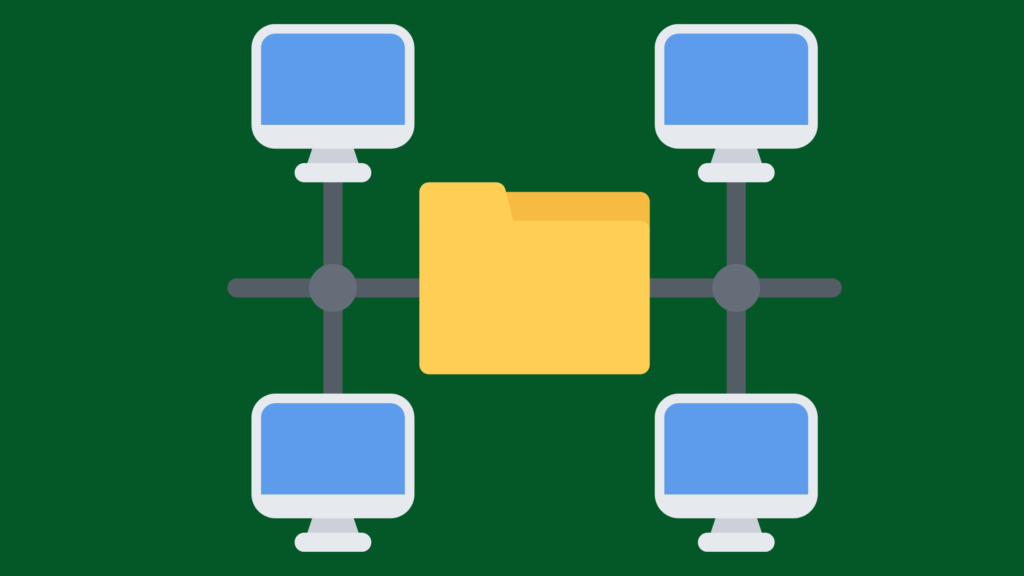
How a Software Company Looks from Inside

Introduction: The Software Industry in Brief
The software industry is a booming market with a high demand for skilled workers at any software company. Software companies are always looking for qualified engineers to fill their ranks.
Software engineering is the process of developing computer programs that can solve complex problems, or produce desired effects.
Since my specialty as a technical writer is authoring software documentation, I wanted to share with you an insider’s view of what it feels like to work as a writer for a software company.
Software Development Process & Methodologies Explained
Software development process is an iterative and incremental process that has many phases.
Software development process is an iterative and incremental process that has many phases. The first phase of the software development life cycle is the requirements analysis. This phase helps the developers understand what the customer wants in terms of features, functions, and usability. The next phase is design, which includes how to make it work for the user by giving them a user interface that they can easily navigate through. The last phase of this life cycle is implementation or coding where developers write code for all the features that are required for this particular project.
The agile process model usually has two main phases – discovery and delivery. In discovery, teams are working on understanding their customers’ needs by talking to them or looking at data related to their business.
Software Development Lifecycle Explained
The Software Development Lifecycle (SDLC) is a process of developing and maintaining software. It is a series of steps that starts with the formulation of the desired software to be developed.
It is an iterative process with many phases, and it can be seen as a cycle.
Some of the phases include:
Analysis and design
The goals for this phase are to identify stakeholders and their needs, as well as to analyze what will be needed in order to meet those needs.
Implementation
This phase involves building the product or system, which includes coding, testing, debugging, and documenting it.
Operation
This phase involves deploying the product or system into production for use by customers or other stakeholders while maintaining it over time.
Maintenance
Maintenance of the delivered software, including patches, updates, and online and onsite customer service.
Six Main Departments of a Software Company
A software company consists of the following five main departments. Each has its own management and support staff:
1) Development
Development is where the software code itself is written and “developed” by computer engineers.
2) Marketing and Sales
Marketing and sales is responsible for doing precisely that; marketing and selling the software product. However, they have a role in the product design stage as well since they provide crucial input to the engineers regarding customer demands and market conditions.
3) Documentation
Documentation is the department where technical writers work.
4) Testing
Testing overlaps with QA (Quality Assurance) or QC (Quality Control), depending on the company. The testing engineers generate a list of bugs of various types (ranging from “show stoppers” to “cosmetic GUI face-lifts”) and feed them into a “tracking system” of one kind or another. Engineers check with this “bug list” generated by Testing to correct the outstanding problems. Technical writers also consult this list (depending on the company) and take care of those bugs or complaints that concern documentation.
5) Technical Support
Technical support keeps track of all the problems that end-users discover. Tech support staff provides solutions to such customer issues. That’s why sometimes this department doubles up as “customer support” as well. In some companies, they overlap with the Testing/QA folks since they both concentrate on identifying what doesn’t work with the product. The difference is, tech support is also expected to have the answers for things that don’t work. They are troubleshooters. They know the answers to many “troubling questions” and as such, they can be a great source of product knowledge for a tech writer.
6) HR, Finance, and Legal
They are the other three departments that all companies have by definition.
A technical writer’s daily life involves communication with all these departments, attending meetings, making phone calls, replying to e-mails, and trying to keep up on things while delivering the requested documents on schedule.
It’s a dynamic work environment that requires vigilance, planning, and clear communication.
